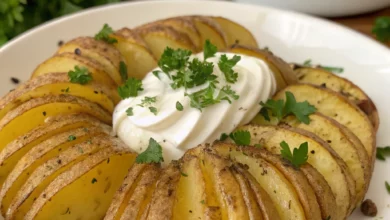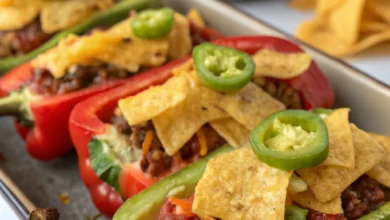How to Make Bibingka
History of bibingka:
Bibingka is basically ground rice and water. It is generally called kakanin from the word kanin, meaning cooked rice. Though the base recipe is practically the same as puto’s, sans the embellishments, its manner of cooking is what gives the rice cake its unique texture and aroma.
The traditional preparation of bibingka is time-consuming. Back in the days, its ingredients were allowed to sit out for a while for the rice to get hydrated before it gets ground in stone mills then fermented to develop flavor and to catch natural yeasts in the air that leavens the cake during baking, much like how sourdough breads are made in Europe. At times, lina, which is unfermented tuba, is also used as a fermenting agent; when added to the batter, it gives a sweet and sour flavor profile.
How to Make this amazing easy Bibingka ??
Ingredients :
1 ¾ cups ordinary rice grain (for Galapong/rice batter, see instructions how to make galapong)
For Bibingka:
1 ¼ cups flour
1/4 cup plus 4 tablespoons sugar
1 tablespoon baking powder
1/2 teaspoon salt
1 ½ cup galapong
4 eggs
1 cup coconut milk
2 salted eggs
4 slices cheese
4 slices kesong puti (optional)
4 tablespoons melted butter
1 cup freshly grated coconut
Softened butter (grease for the clay cazuelas/mould)
Four 6-inch banana leaf rounds, if unavailable use wax paper
Instructions:
1. How to make galapong:
Rinse the rice under cold running water until clear. Drain and put it in a bowl with cold water to cover and let it stand inside the refrigerator overnight. In the morning, drain and rinse again and then drain in a colander (perforated bowl) for 30 minutes. Pour into a food processor/blender and process until the mixture is finely grounded, about 1 or 2 minutes. (Add very little water if needed for easy blending) Make sure to scrape the sides of the processor.
2. For the Bibingka:
Pre-heat the oven to 220°C (fan forced). Brush the bibingka mould/containers with butter and line with the banana leaves or wax paper.
3. Sift the flour, 1/4 cup sugar, baking powder and salt into a bowl. Add in the galapong. With a whisk, beat the eggs and coconut milk in a separate bowl. Pour into the dry ingredients and with a rubber spatula, mix slowly until smooth.
4. Divide the mixture among the lined containers, nestle the duck eggs (sliced), cheese strips and kesong puti and finally 1 tablespoon sugar per cake.
5. Set the cakes on the top rack of the oven and bake until firm, around 15 minutes. (Check it, before it reaches 15 minutes to prevent over cooking).
6. Cooking Tips: Its best to use traditional clay pots with charcoal under and top it with charcoal lid to cover the top. The smoke and the smoky claypot is what gives the bibingka its best smoky flavor.
7. Brush the bibingka with the melted butter while still warm. Unmold each bibingka onto a serving plate.
8. Serve with cheese, butter and grated coconut. Enjoy!
Optional: If available, to make it more finely in texture (para mas pino ang galapong), use a coffee grinder and grind 2 or 3 tablespoons at a time. You will only need 1 ½ cups galapong.




